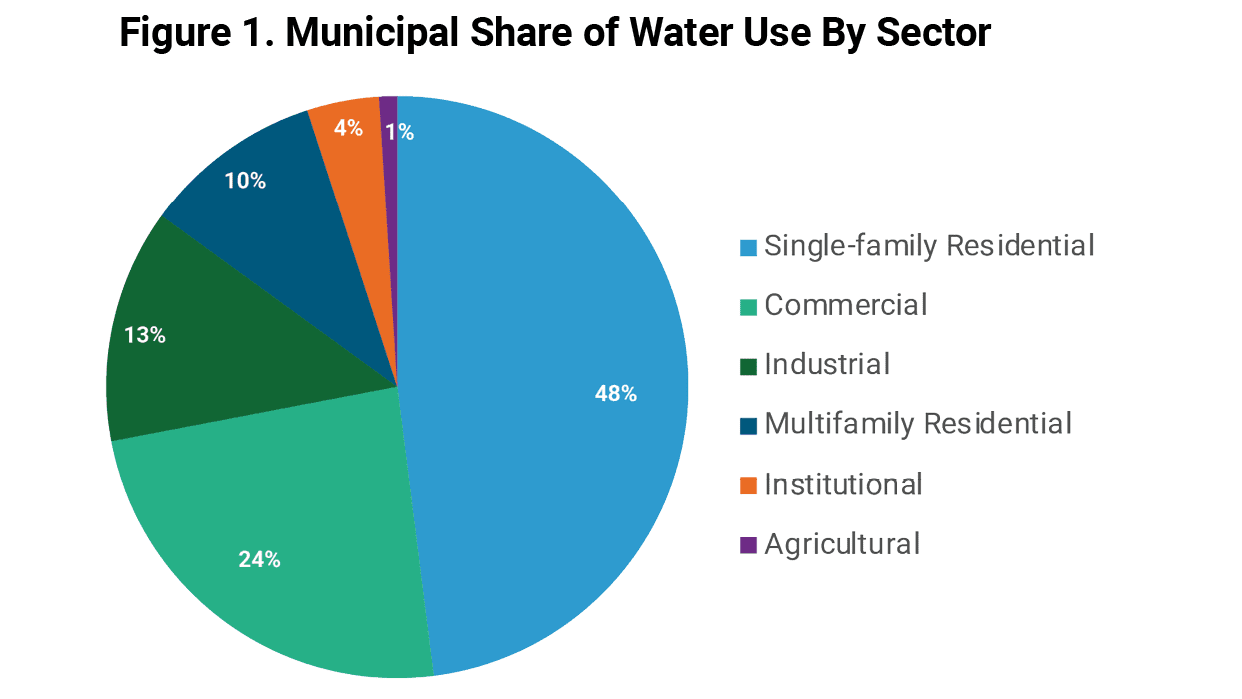Report on the Ecological Significance of Key Aquatic Habitats in Illinois and Their Contribution to Sustainable Development Goals
This report identifies five key bodies of water in Illinois notable for their significant snake populations. The presence and diversity of these species serve as crucial bio-indicators for ecosystem health, directly aligning with the objectives of the United Nations Sustainable Development Goals (SDGs), particularly SDG 15 (Life on Land) and SDG 14 (Life Below Water). These habitats exemplify the importance of conserving freshwater ecosystems to protect biodiversity and maintain ecological balance.
-
Lake Shelbyville
- Habitat Profile: An 11,000-acre reservoir formed by the damming of the Kaskaskia River, supporting a wide array of wildlife.
- Key Species and Ecological Role: The lake is a habitat for the Eastern Garter Snake and the Northern Water Snake. These species play a vital role in the local food web, particularly in controlling insect and small amphibian populations, which is a natural service supporting ecosystem stability.
- SDG Alignment:
- SDG 15 (Life on Land): The thriving populations of these snakes underscore the lake’s value as a protected habitat, contributing to the conservation of local biodiversity.
- SDG 14 (Life Below Water): The health of these semi-aquatic species is intrinsically linked to the water quality and ecological integrity of the lake, highlighting the need to protect freshwater ecosystems.
-
Rend Lake
- Habitat Profile: A large 18,900-acre reservoir in southern Illinois that provides water to local communities and supports diverse wildlife.
- Key Species and Ecological Role: Home to the Eastern Ribbon Snake and the Northern Water Snake, both adapted to aquatic life. The venomous Copperhead is also present, occupying a niche as a predator of small mammals and birds, which demonstrates a complex and complete food web.
- SDG Alignment:
- SDG 15 (Life on Land): The presence of a predator like the Copperhead indicates a robust ecosystem capable of supporting multiple trophic levels, a key target for biodiversity conservation.
- SDG 6 (Clean Water and Sanitation): As Rend Lake is a source of community water, the protection of its surrounding ecosystem is essential for maintaining water quality, linking biodiversity conservation directly to human well-being.
-
Carlyle Lake
- Habitat Profile: A 25,000-acre manmade reservoir, the largest in Illinois, utilized for recreation and wildlife conservation.
- Key Species and Ecological Role: The lake supports non-venomous species such as the Rat Snake, the Western Fox Snake, and various water snakes. The Western Fox Snake’s defensive tail vibration, often mistaken for a rattlesnake’s, highlights the importance of public education for conservation.
- SDG Alignment:
- SDG 15 (Life on Land): Protecting these non-venomous species through habitat preservation and education contributes to halting biodiversity loss and fostering human-wildlife coexistence.
- SDG 11 (Sustainable Cities and Communities): Sustainable management of the lake for recreational purposes while conserving its natural habitats is a practical application of creating sustainable and resilient communities.
-
Clinton Lake
- Habitat Profile: A 4,900-acre lake surrounded by diverse environments including grasslands and rocky areas.
- Key Species and Ecological Role: The varied terrain supports a range of species, including the Common Garter Snake, the Eastern Milk Snake, and the uniquely adapted Hognose Snake. Each species occupies a specific niche, indicating a high degree of habitat complexity and health.
- SDG Alignment:
- SDG 15 (Life on Land): The diversity of snake species at Clinton Lake is a direct indicator of a healthy, functioning ecosystem, which is a primary goal of SDG 15. The conservation of this area protects these varied habitats from degradation.
-
Lake Decatur
- Habitat Profile: A 2,800-acre reservoir with 30 miles of shoreline, providing critical habitat for numerous species.
- Key Species and Ecological Role: The lake is home to the Prairie Kingsnake, the Diamond-backed Water Snake, and the Midland Brown Snake. The latter specializes in consuming invertebrates in the shoreline’s wet mud, illustrating a specialized ecological role that contributes to soil and sediment health.
- SDG Alignment:
- SDG 15 (Life on Land): The presence of specialized species like the Midland Brown Snake demonstrates the lake’s importance in supporting intricate ecological functions, reinforcing the need to protect all forms of life on land and in freshwater.
- SDG 14 (Life Below Water): The Diamond-backed Water Snake’s reliance on the aquatic environment emphasizes that the conservation of water bodies is fundamental to the survival of the species that inhabit their peripheries.
SDGs Addressed in the Article
Detailed Analysis
-
SDG 15: Life on Land
This is the most prominent SDG in the article. The text is entirely focused on terrestrial and freshwater biodiversity, specifically the 40 species of snakes in Illinois and their habitats in and around several lakes. It highlights the ecological role of these animals, stating they “play an important role in the ecosystem” and are “crucial in controlling the insect population.” The article describes the habitats where these species live, such as “the water’s edge and wooded areas,” “leaf litter,” “long grassy sections,” and “rocky water areas,” all of which fall under the protection of terrestrial and inland freshwater ecosystems.
-
SDG 6: Clean Water and Sanitation
The article connects to this goal by focusing on large freshwater bodies that are vital water-related ecosystems. It explicitly mentions that these lakes serve human needs, noting that Rend Lake “supplies water to both nearby communities and wildlife” and that Lake Shelbyville and Carlyle Lake are manmade reservoirs created by damming rivers. This directly relates to the protection and health of water resources and the ecosystems that provide them.
-
SDG 14: Life Below Water
While often associated with marine environments, SDG 14’s principles of conserving and sustainably using aquatic resources apply to large inland water bodies like the ones described. The article details the aquatic life within these lakes, mentioning species that are “fully adapted to aquatic areas” like the “northern water snake” and the “diamond-backed water snake,” which is described as an “expert swimmer.” This highlights the importance of these lakes as significant freshwater aquatic ecosystems.
Specific SDG Targets Identified
Detailed Analysis
-
Target 15.5: Take urgent and significant action to reduce the degradation of natural habitats, halt the loss of biodiversity and, by 2020, protect and prevent the extinction of threatened species.
The article directly supports this target by documenting the biodiversity within specific natural habitats in Illinois. By listing the various snake species found in each of the five lakes (e.g., eastern garter snake, eastern ribbon snake, copperhead, hognose snake), the article provides an inventory of local biodiversity. This documentation is a crucial first step in monitoring, protecting, and halting the loss of these species and their habitats.
-
Target 6.6: By 2020, protect and restore water-related ecosystems, including mountains, forests, wetlands, rivers, aquifers and lakes.
The article’s entire focus is on five major lake ecosystems in Illinois (Lake Shelbyville, Rend Lake, Carlyle Lake, Clinton Lake, and Lake Decatur). It describes them not just as bodies of water but as complex ecosystems supporting a wide range of wildlife, from snakes and fish to “herons, waterfowl and bald eagles” and mammals like bobcats. This detailed description underscores the value of these specific water-related ecosystems and implicitly calls for their protection.
-
Target 14.2: By 2020, sustainably manage and protect marine and coastal ecosystems to avoid significant adverse impacts… and take action for their restoration…
Applying this target’s principle to freshwater environments, the article contributes by identifying and describing the ecosystems of large inland lakes. It details the presence of species that are integral to the aquatic environment, such as the “northern water snake” and the “diamond-backed water snake.” Understanding the composition of these ecosystems is fundamental to managing and protecting them from adverse impacts.
Indicators for Measuring Progress
Detailed Analysis
-
Implied Indicator for Target 15.5: Species richness and distribution.
The article provides qualitative data that can be used as an indicator of biodiversity. It lists the specific snake species present at each lake, such as the “prairie kingsnake, the midland brown snake and the diamond-backed water snake” at Lake Decatur. The number and variety of these species in their specific habitats serve as a direct measure of local biodiversity health. A change in the presence or population of these named species could indicate progress or regression toward the target.
-
Implied Indicator for Target 6.6: Health and extent of water-related ecosystems.
The article implies an indicator of ecosystem health through its description of a complete food web. For instance, the mention of diverse wildlife at Lake Shelbyville, including “herons, waterfowl and bald eagles,” suggests that the lake ecosystem is healthy enough to support top predators. The presence of such species indicates that the lower trophic levels, including the fish and snakes they prey on, are also present and stable, reflecting a protected and functioning water-related ecosystem.
-
Implied Indicator for Target 14.2: Status of aquatic biodiversity.
The article points to the presence of specialized aquatic species as an indicator. By identifying snakes that are “fully adapted to aquatic areas” or are “expert swimmers,” the text provides a measure of the unique aquatic biodiversity within these lakes. The continued presence of species like the “northern water snake” and the “eastern ribbon snake,” which are described as “highly skilled swimmers,” can be used to track the health and stability of these freshwater aquatic environments.
Summary Table of SDGs, Targets, and Indicators
| SDGs | Targets | Indicators |
|---|---|---|
| SDG 15: Life on Land | Target 15.5: Halt the loss of biodiversity and protect threatened species. | Species Richness and Distribution: The article lists numerous specific snake species (e.g., eastern garter snake, hognose snake, prairie kingsnake) present in defined habitats, serving as a qualitative measure of local biodiversity. |
| SDG 6: Clean Water and Sanitation | Target 6.6: Protect and restore water-related ecosystems, including lakes. | Ecosystem Health via Wildlife Diversity: The presence of a wide array of wildlife, including top predators like “bald eagles” and mammals like “bobcat,” implies a healthy and functioning lake ecosystem capable of supporting a complex food web. |
| SDG 14: Life Below Water | Target 14.2: Sustainably manage and protect aquatic ecosystems (applied to freshwater). | Status of Aquatic Biodiversity: The identification of species “fully adapted to aquatic areas,” such as the “northern water snake” and the “diamond-backed water snake,” acts as an indicator for the specific health and character of the freshwater aquatic life. |
Source: patch.com







